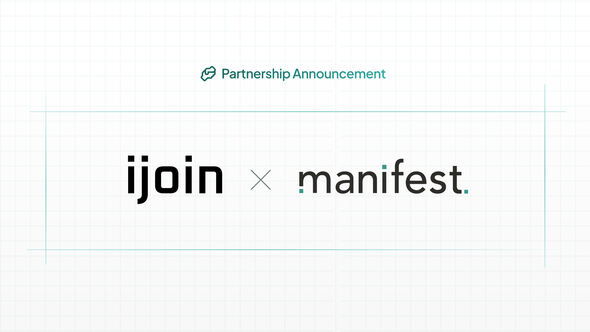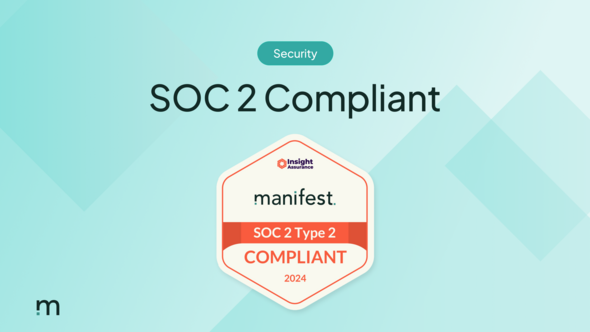Organizations have long prioritized employee engagement, but recent data shows a sharp decline in how connected employees feel to their workplaces. While companies invest in professional development, workplace culture initiatives, and performance incentives, many overlook financial well-being.
Financially insecure workers struggle to stay focused, motivated, and engaged. When employers provide the right financial tools, such as accessible retirement benefits and support systems, they help reduce stress, boost productivity, and strengthen employees' sense of loyalty. This article explores how financial well-being connects to engagement and what employers can do to strengthen support systems.
The Engagement Crisis
Employee engagement has reached its lowest point in a decade. According to HR Dive, only 39% of employees feel that someone at work cares about them, a significant drop from 47% in 2020. Even more concerning, only 30% believe their development is encouraged, down from 36% in 2020.
Manager engagement isn’t much better, at just 31%, matching overall employee rates. This decline in engagement has real consequences: reduced productivity, increased turnover, and a workplace culture where employees feel disconnected from their employers.
Disengagement is a financial issue for organizations, not just a morale issue. Companies with low engagement see higher absenteeism, more frequent resignations, and reduced performance, all of which affect the bottom line. As organizations look for solutions, one area remains underutilized: financial well-being.
What Participants Really Need
Engagement doesn’t improve with quick fixes like free snacks or one-off team-building exercises. Employees need genuine support that helps them feel valued, grow in their careers, and achieve financial security.
Employees want to know their employer is invested in their future. This includes:
- Feeling valued at work: Recognition, leadership support, and benefits showing long-term commitment.
- Career development support: Training, mentorship, and career pathing that signal investment in their growth.
- Financial well-being tools: Resources that help employees manage stress and plan for the future.
Financial insecurity is a significant driver of disengagement. Employees burdened by financial stress are less focused, less engaged, and more likely to leave. Employers who take proactive steps to provide better financial support create a loyal, engaged, high-performing workforce.
Financial Support as an Engagement Driver
Financial stress has a direct impact on workplace engagement and productivity. Employees who worry about their financial future are more likely to be distracted, take more time off, and look for new job opportunities. Providing strong financial benefits—especially portable, accessible retirement plans—demonstrates that employers care about long-term employee well-being.
How financial security improves engagement:
- Reduced financial stress leads to higher productivity: Employees confident in their retirement savings are more focused at work.
- Retirement confidence improves retention: Workers who feel financially secure are less likely to seek new employment.
- **Portable benefits strengthen employer commitment**: Employees feel more supported when they know they won’t lose retirement savings when changing jobs.
Organizations that offer seamless financial benefits, such as retirement account consolidation, see stronger engagement metrics. Employees value financial stability, and companies that make it easy to manage retirement savings show they are invested in long-term success.
Building Better Support Systems
Organizations that prioritize financial well-being create workplaces that attract and retain top talent. Implementing simple-use solutions is one of the most impactful ways to build a culture of support.
Strategies for building better support systems:
- Modern retirement solutions: Make it easier for employees to manage and consolidate their retirement savings.
- Accessible benefits: Ensure employees can take full advantage of their benefits without any prep or prior knowledge.
- Measure engagement impact: Track how financial benefits impact overall employee satisfaction. Are they being used? Are teams seeing growth?
- Monitor success metrics: Use data on retirement participation rates and financial confidence to assess effectiveness.
Providing financial security is about demonstrating long-term investment in employees. When organizations create benefits that support both career and financial growth, engagement and loyalty follow.
Strengthening Engagement Through Better Benefits
Beyond providing benefits, employers can strengthen engagement through:
- Regular financial education sessions: Helping employees understand their options for saving and investing improves their confidence in retirement planning.
- One-on-one retirement planning support: Employees who receive personalized advice are more likely to make informed decisions.
- Incentives for saving more: Employers can encourage participation by offering matching contributions or bonuses for employees who contribute a certain percentage of their salary.
- Expanding financial wellness programs: Offering holistic financial wellness programs that address budgeting, debt management, and savings goals helps employees take proactive steps toward financial stability.
- Transparent communication on benefits: Regularly communicating the value of available financial benefits ensures employees fully understand and take advantage of them.
These initiatives demonstrate that employers proactively support employees’ financial security, reinforcing trust and engagement in the workplace.
Unlocking Employee Engagement Through Financial Wellbeing
Engagement and financial security go hand in hand. Employers prioritizing financial well-being create a culture of trust, productivity, and long-term commitment by providing accessible, portable benefits that reduce financial stress.
Supporting employees with strong retirement solutions improves engagement, retention, and overall workplace satisfaction. Employers providing robust financial benefits create workplaces where employees are more satisfied, focused, and committed to long-term success.
Learn how Manifest helps organizations build stronger support systems with seamless retirement benefits. Schedule a demo today to get up and running with a simple add-on proven to drive engagement immediately.




